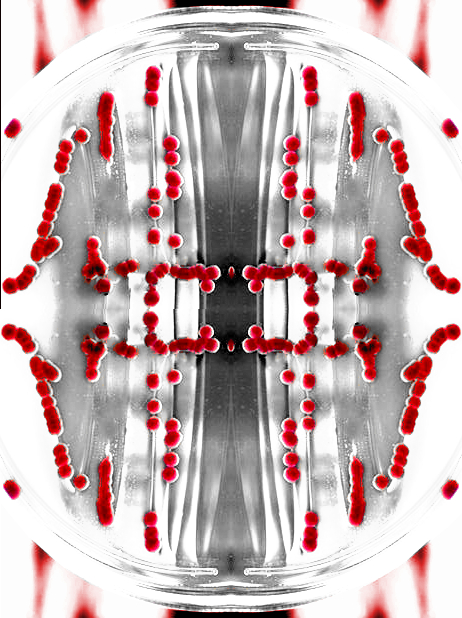AIDs fading fast
 Australia’s top scientists have declared “the end of AIDS” as a public health issue in Australia.
Australia’s top scientists have declared “the end of AIDS” as a public health issue in Australia.
The epidemic has been beaten, and it is now possible to virtually eliminate HIV infections in Australia, with the proper approach.
The announcement by Australia’s top HIV/AIDS epidemiologists, scientists and community sector representatives marks the culmination of a thirty-three year response, spanning science, medicine and community outreach and activism.
The decline of AIDS in Australia can be attributed to many factors, including:
- A universal healthcare system where access to HIV care and treatment has been determined by clinical need and where affected individuals have been treated free of stigma or discrimination
- An effective community response engaging key populations such as gay men, sex workers, people who inject drugs, with education programs designed to encourage and normalise HIV testing, inform early identification of HIV before the onset of AIDS, and support a healthy culture of 'safe sex' and ‘harm minimisation.’
- Increasingly well-tolerated and effective treatments for HIV infection, combined with a secure ongoing supply which is easily and affordably accessible to individuals, ensuring that HIV can be quickly suppressed and AIDS stopped from developing.
- Innovative new treatments such as PrEP, a well- tolerated anti-retroviral treatment that, taken daily, provides almost complete protection from HIV infection. PrEP has been approved for use in Australia and is being made available in trials being administered by the Kirby Institute in Sydney, and also the Alfred Hospital and Burnet Institute in Melbourne and the Queensland AIDS Council in Brisbane. PrEP is currently being considered for funding under the Pharmaceutical Benefits Scheme (PBS).
- While big battles have been won against AIDS, the more elusive goal of ending new HIV infections remains.
The experts say that new technologies, if appropriately supported and monitored, have the potential to achieve virtual elimination of new HIV infections by 2020.
“Australia’s progress against AIDS is tremendous,” said Darryl O’Donnell, CEO of the Australian Federation of AIDS Organisations (AFAO).
“We will never again in our communities have the horror of so many loved ones dying. We don’t have to worry that HIV will inevitably lead to illness and death. Good access to treatment and testing and a community-led approach is critical to maintaining Australia’s effective response to HIV.
“But the job isn’t done. Too many people are still being diagnosed with HIV, and often they’re being diagnosed much later than we’d like.
“The virtual elimination of new HIV infections requires long-term investment in the organisations that have responded to the needs of HIV in our affected communities for thirty years. These are the community organisations that have supported gay men and communicated honestly about new research into treatment and prevention.”
“Successive governments have invested in the HIV/AIDS response since the early 1980s. Australia’s success in fighting AIDS is globally recognised. Now we must go the next step and end new HIV infections.”
“Getting to zero new HIV infections in Australia means redoubling our efforts with vulnerable communities including, women, non-community attached gay men and people from non-English speaking backgrounds,” said Cipri Martinez, President of the National Association of People Living with HIV Australia.
“The only way we can reduce the number of HIV infections to zero by 2020 in our region by focusing intense advocacy and resources on those people most at risk of new HIV infections, especially young gay men and people who inject drugs.”
There are around 1,000 people diagnosed with HIV diagnosed each year in Australia. Within the Asia-Pacific region, 180,000 people died from AIDS-related illness last year. Of the five million people in the Asia-Pacific who are living with HIV, only two million are on antiretroviral treatment.








 Print
Print